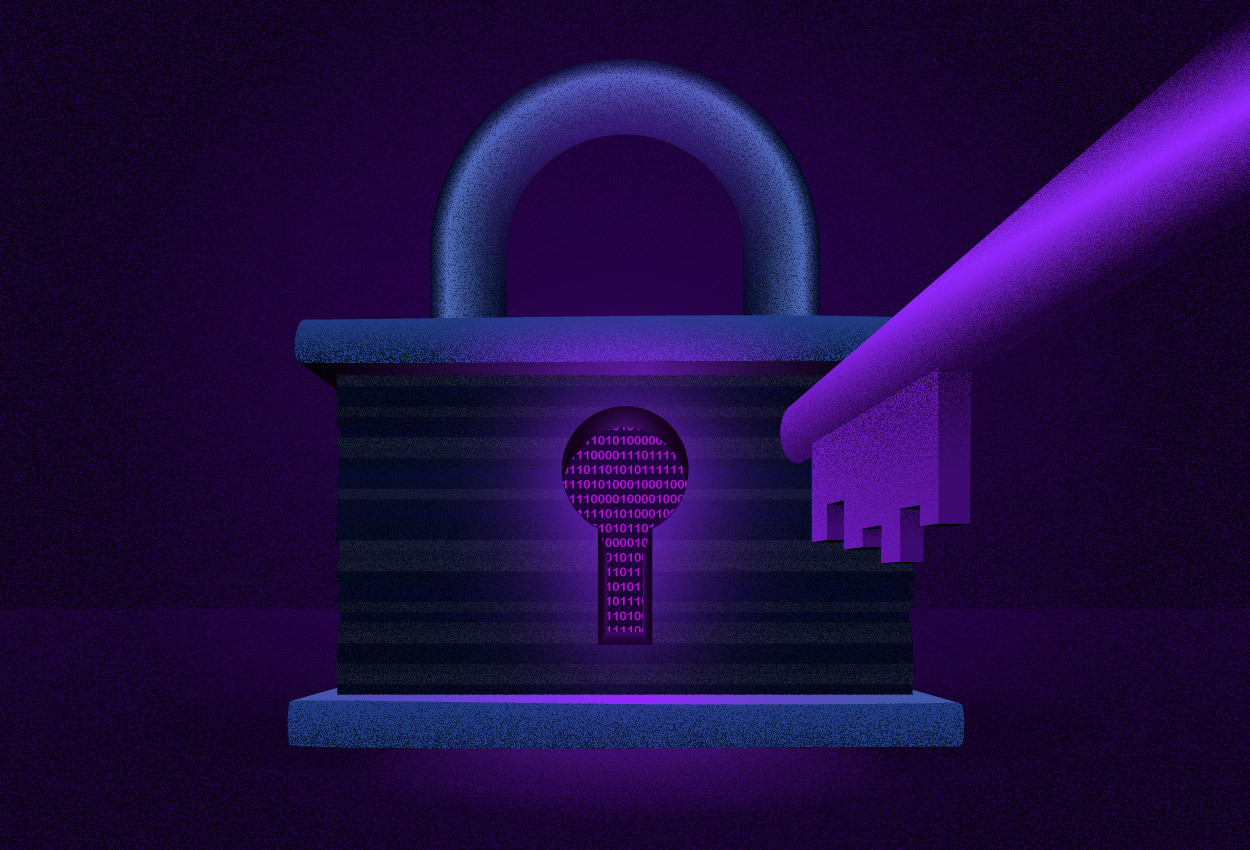Jessica Venning-Bryan | 21 June 2021


We talk to a lot of energy businesses. We’re constantly seeking to understand the constraints they’re facing so we can think about smart, technology-enabled solutions.
Time and again we hear the frustrations of people who feel straightjacketed by the software they are paying for. Immediately, alarm bells ring. If an organisation is paying a substantial sum of money for a product to enable their business, but that product is constraining them, something is fundamentally wrong.
Yesterday’s systems tend to suffocate buyers in three ways.
First, they are not designed for easy change. Energy retail operations are complex, no doubt. In systems of old the breadth of functionality needed to operate a retailer is deeply intertwined and highly configured to that clients specific desires. So when the client wants to introduce a new product, or change their communication flows, or has a regulatory change to comply with, it’s complex. And in software development, complex means expensive!
We have heard of companies spending their entire growth budget for a year on modifying their operating system for compliance after a regulatory change. And recently an executive described their vendor’s monopoly of their system and cost of change as “borderline criminal.” The frustration is real, and rightly so.
The second issue is that they’re hard to connect to. Interest in the energy transition is at an all time high, and that interest is bringing a number of smart new products and services to market. But retailers can’t easily adopt, or even pilot, these new tools because of protectionist systems that don’t play nicely with others. Not only is this bad for the retailers and the innovators, but it’s bad for total sector modernisation, and ultimately bad for consumers.
And finally, they’re not built around a modern data infrastructure. With the growth of smart meter technology and increasingly digitised tooling, our industry is collecting huge amounts of information, alongside data from adjacent industries like weather forecasting, e-mobility and smart home technology. Modern data infrastructure must accommodate, indeed simplify, data from a highly dynamic energy ecosystem. And most critically, it must do this with the greatest respect for and adherence to ethical and regulatory standards for privacy and security.
Whilst integrating new software that is flexible, extensible, and easy to adopt is an important step in the future of energy, technology is just one piece of a digital transformation. There are also other important factors to consider such as strategy, vision, and culture. In our recent white paper, Energy Shifts, Flux’s Product Implementation Director Aidan Stigley shares his insights on what to consider before, during, and post-transformation.

Sign up for the latest updates in technology, changes, regulations, and new energy products from Flux.